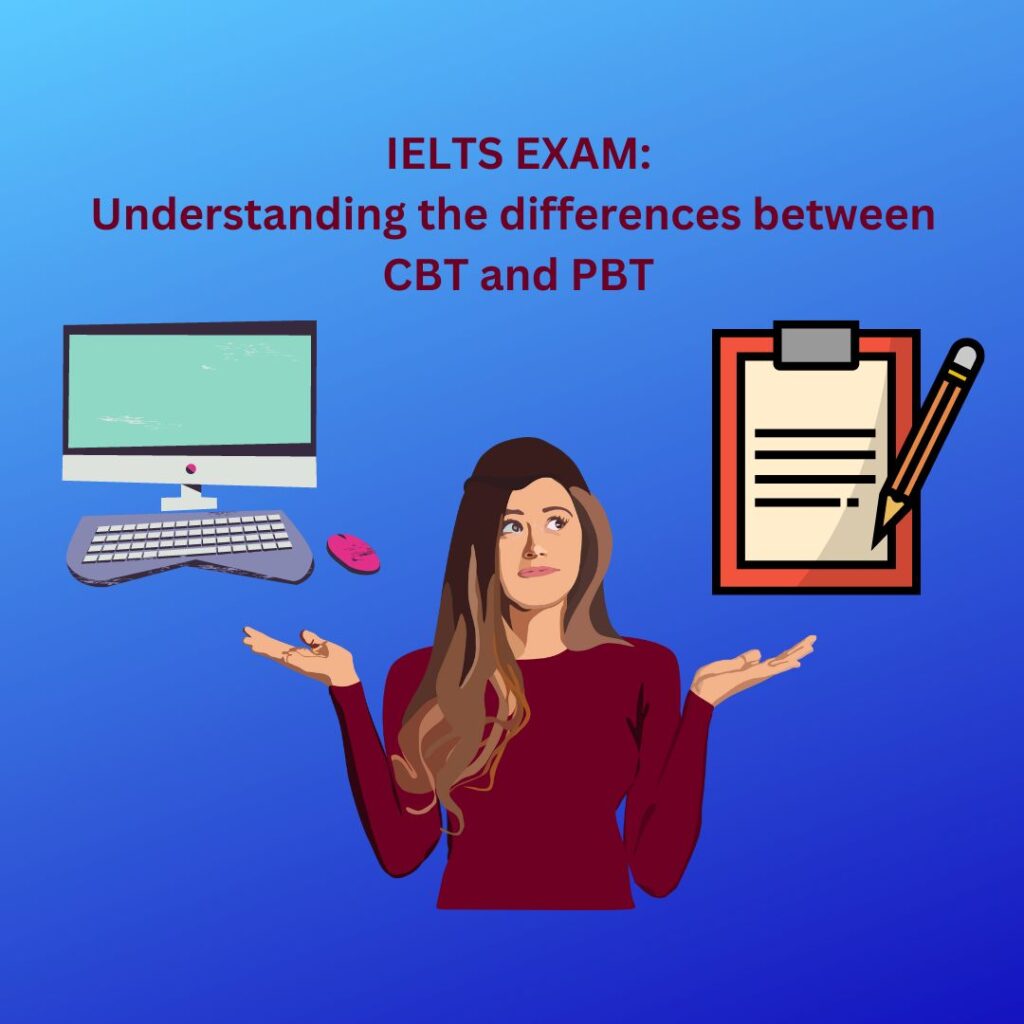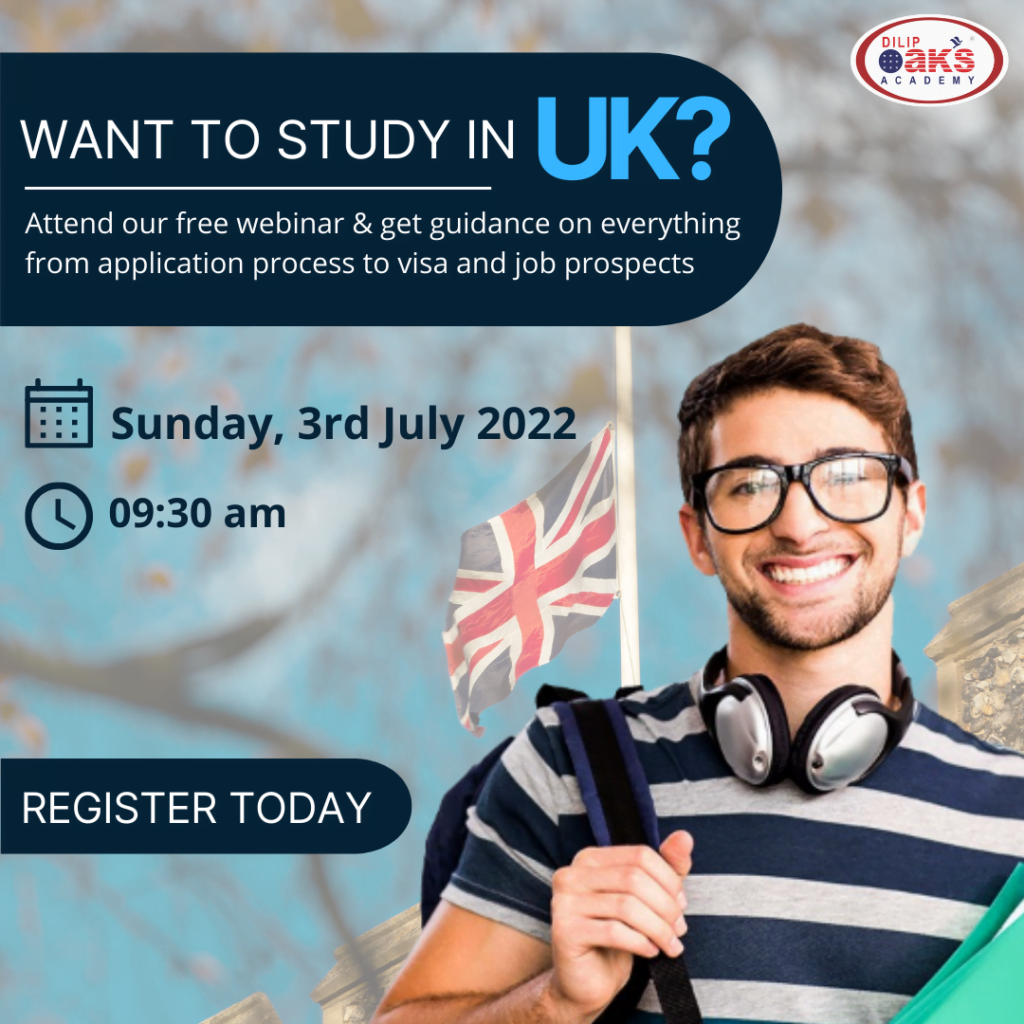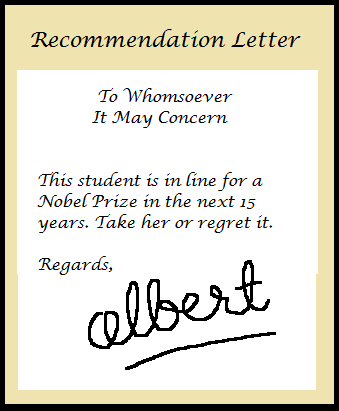
An education loan covers the cost of tuition, living costs, insurance, and other incidentals. Given the wide variety of choices available today, finding the best deal to finance your MS in the US is possible. In fact, taking an education loan is a smart move, as you don’t need to break into your savings while taking advantage of tax benefits.
Eligibility
Students pursuing full-time higher education, graduate or postgraduate studies, and professional education, irrespective of age, can borrow the required funds to finance their MS in the US. Most loan providers require that students show proof of admission to the graduate or postgraduate program. However, some private institutions and cooperative banks sanction a loan even before getting admission.
Tax Benefits of Financing Your Education
People with sufficient funds are also advised to take a loan to finance their education since they get tax deductions under Sec 80E of the Income Tax Act. There is no limit for Section 80E exemption up to which you can claim the deduction. All interest paid in a financial year is tax deductible, regardless of the sum. The interest component of the education loan can be claimed under Section 80E just as deductions under Section 80C and Section 80D are claimed before arriving at your total income to calculate the tax liability. However, it is important to note that you can claim a tax deduction only for the interest portion. You cannot claim a tax deduction for the principal part of the EMI.
You will be eligible to claim a deduction under section 80E only if you take the loan from any bank/financial institution or any approved charitable institution. Loans from friends or relatives for higher education do not qualify for this deduction.
You will also be applying for your visa soon enough. Click here to know more about the F1 Visa Application Process.
Loan Amount and Repayment
I-20 or Admission Letter mentions the total cost of education for one year. Students can get a loan for up to double the amount mentioned on the I-20. Depending on the loan provider, there are slight variations regarding the application process, documentation, interest rates, guarantees, etc. Students are not expected to pay any EMI for the first two years. (Some loan providers may demand interest during these two years.) Generally, loan repayments begin one year after the end of your course or six months after you secure your first job, whichever is earlier. Most lenders also allow for additional time in case the student is unable to finish the course on schedule. Loan repayments are spread over 10-15 years to ensure that you are able to comfortably finance your MS in the US and include options for early repayment.
Rate of Interest and Margin Money
Most Nationalized banks and financial institutions offer fixed or floating interest rates in the range of 9-12%. Girls generally get a 0.5% concession from banks.
There is also the all-important factor of “margin money”! What this means is that most lenders will not loan you the entire cost of education – they also expect you to pay part of it. In other words, if, for example, your education cost is Rs. 40 lakhs in all, and there is a margin of 10%, then the bank will lend you Rs. 36 lakhs, and you will have to put up the remaining Rs. 4 lakhs. The idea is to ensure the loan seeker can bring money in and demonstrate responsibility. However, not all lending institutions insist on margin money; for example, loans from HDFC CREDILA do not need a margin.
Guarantors & Collateral
A guarantor is a third party (different from the applicant) who agrees to repay the loan if the borrower can’t. Besides this undertaking, lenders also request collateral in the form of fixed deposit receipts, property, or other security. They keep this collateral in their possession until you repay the loan. Banks or lenders do this to safeguard themselves against a bad debt. The lender may waive the guarantee if the borrower’s previous repayment track record or financial history is very sound.
If payments are defaulted on, i.e., not made on time, the loan contract has provisions for penalties/late payment fees. Besides, defaulters also risk being ‘redlisted’, which severely limits their future credit options. However, most bankers or institutions are receptive to negotiation and allow for extensions on payment tenure or reduction of EMIs in case of genuine difficulties.
So, look around and see your options! A good loan deal can be a big asset in helping you finance your dream of an American education.
As India’s leading Study Abroad Consultant, Dilip Oak’s Academy offers a comprehensive suite of services, including GRE, TOEFL, and IELTS coaching, as well as GRE Self Prep. Furthermore, our admission counseling services can guide you through the entire process from Shortlisting Universities to Visa Counseling. With our expertise, we have successfully sent 32,000 students to various prestigious American universities like MIT, Stanford, Cornell, and Carnegie Mellon. To enroll in our comprehensive overseas education consultancy services, book a free consultation or call us at 91-20-67444222.













